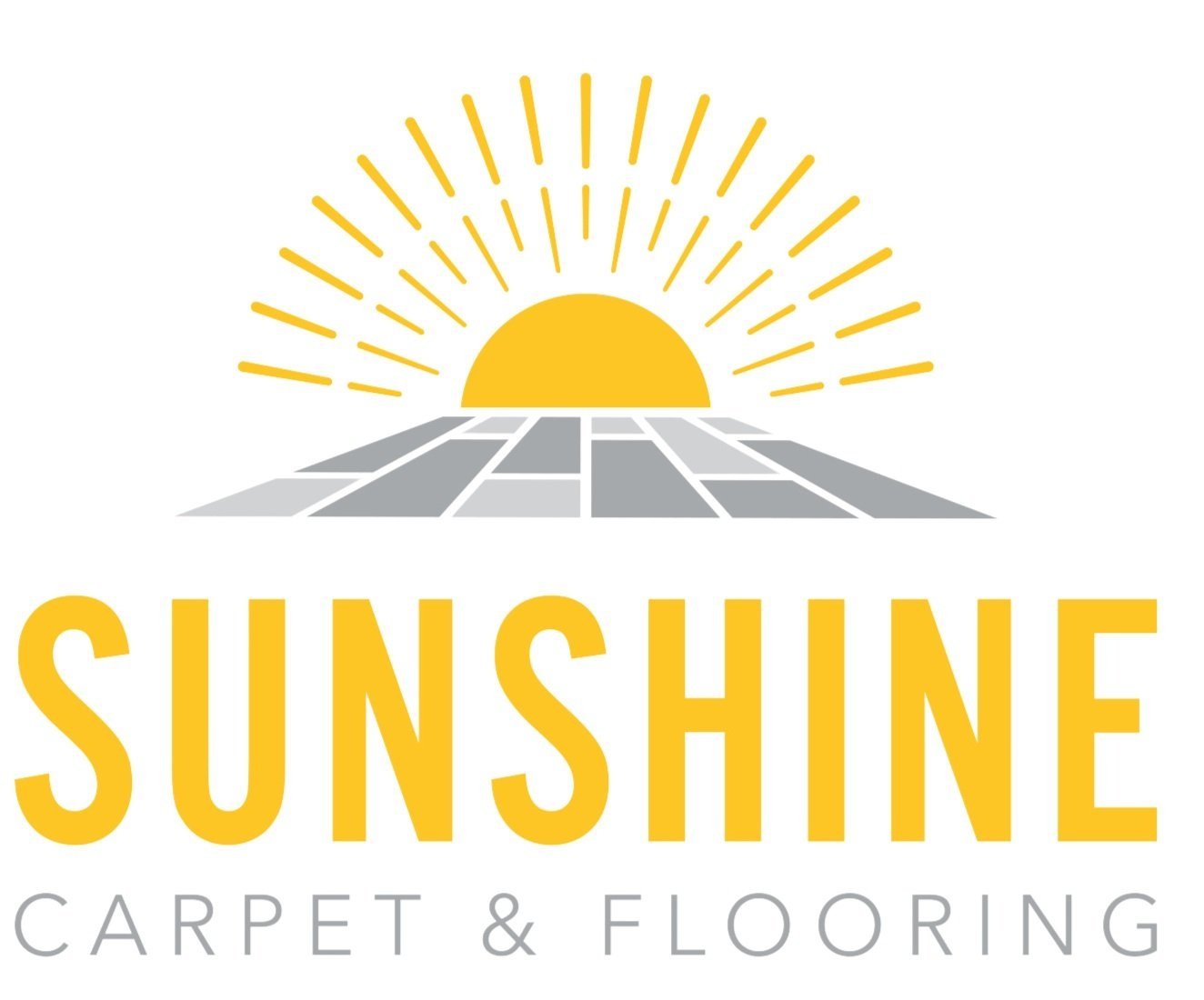Frequently Asked Questions
What is the difference between
Nylon and Polyester Carpet?
Nylon is a synthetic polymer that is known for its strength, durability and resistance to wear and tear. It is also resistant to stains and mildew, and is often used in high-traffic areas. Nylon carpets are often considered to be the best choice for durability and overall performance.
Polyester is also a synthetic polymer, but it is not as durable or resistant to wear and tear as nylon. It is also not as resistant to stains and mildew. However, polyester carpets are often less expensive than nylon carpets and are available in a wider variety of colors and styles. They are also more resistant to fading and sunlight.
In summary, Nylon is stronger and more durable, while polyester is less expensive and has more color options. Nylon is better for high-traffic areas and Polyester is more resistant to sunlight and fading.
Ceramic and Porcelain Tile?
Ceramic tiles are made from clay that has been fired at high temperatures. They are typically less dense and more porous than porcelain tiles, which makes them less resistant to moisture and stains.
Porcelain tiles, on the other hand, are made from a type of clay that is fired at much higher temperatures, making them more dense and less porous. This makes them more durable and resistant to moisture and stains.
In summary, porcelain tiles are denser, less porous, and more durable than ceramic tiles, but they can also be more expensive.
Laminate and Vinyl Plank Flooring?
Laminate flooring and vinyl plank flooring are both popular types of synthetic flooring that are used in residential and commercial applications. While they have some similarities, there are several key differences between the two:
Material: Laminate flooring is made of high-density fiberboard (HDF) with a photographic layer on top, while vinyl plank flooring is made of PVC (polyvinyl chloride) and other synthetic materials.
Appearance: Laminate flooring has a printed photographic layer that can mimic the look of various materials, such as hardwood, stone, or tile. Vinyl plank flooring also has a printed layer, but it is usually designed to look like wood or stone.
Durability: Both laminate and vinyl plank flooring are relatively durable and resistant to scratches, stains, and wear. However, vinyl plank flooring is generally more resistant to moisture and humidity, making it a better choice for areas like bathrooms, kitchens, and basements.
Installation: Laminate flooring is typically installed using a floating method, which means that it is not attached directly to the subfloor. Vinyl plank flooring can be installed using a floating method or glued down to the subfloor.
Cost: The cost of laminate and vinyl plank flooring can vary depending on the quality and brand, but vinyl plank flooring is generally more affordable than laminate flooring.
Overall, both laminate and vinyl plank flooring are versatile and practical flooring options, but the best choice for your home or business will depend on your specific needs and preferences.
Solid Hardwood and Engineered Hardwood?
Engineered hardwood and solid hardwood are both types of hardwood flooring, but they differ in construction and characteristics.
Solid hardwood is made from a single piece of solid wood throughout the plank, typically 3/4 inch thick. It is available in a wide range of species and grades, and can be sanded and refinished multiple times. Solid hardwood floors can be installed above grade (on or above ground level) and must be nailed or stapled to a wooden subfloor.
On the other hand, engineered hardwood is made up of several layers of wood, with a top layer of hardwood veneer (usually between 1/16 to 1/8 inch thick) and a core of high-density fiberboard or plywood. The layers are bonded together using heat and pressure, resulting in a more stable and durable product. Engineered hardwood floors can be installed above, on, or below grade, and can be glued down, stapled, or floated over a variety of subfloors, including concrete.
One advantage of engineered hardwood is its dimensional stability, which makes it less prone to expanding and contracting due to changes in humidity and temperature. This makes it a good choice for use in areas with higher humidity or where temperature fluctuations are common, such as in basements or over concrete slabs. Additionally, engineered hardwood is often more affordable than solid hardwood, as it uses less expensive materials in its construction.
Overall, the main difference between engineered and solid hardwood is their construction, which affects their performance, installation options, and cost.
Red Oak, White Oak, Maple and Hickory Hardwood?
Red oak, white oak, maple, and hickory are all types of hardwood trees commonly used in flooring. Each of these woods has unique characteristics that make them suitable for different applications.
Red oak and white oak are both types of oak trees, but they have some differences in appearance and properties. Red oak tends to have a pinkish hue and a more open grain, while white oak has a more yellowish hue and a tighter, more closed grain. White oak is also more resistant to decay and moisture than red oak.
Maple is a light-colored wood with a fine, even texture and a subtle grain pattern. It is known for its durability and hardness, making it a good choice for flooring.
Hickory is a very hard and dense wood that has a distinctive, rustic appearance. It has a pronounced grain pattern with contrasting light and dark colors. Hickory is a popular choice for flooring because of its strength and durability.
